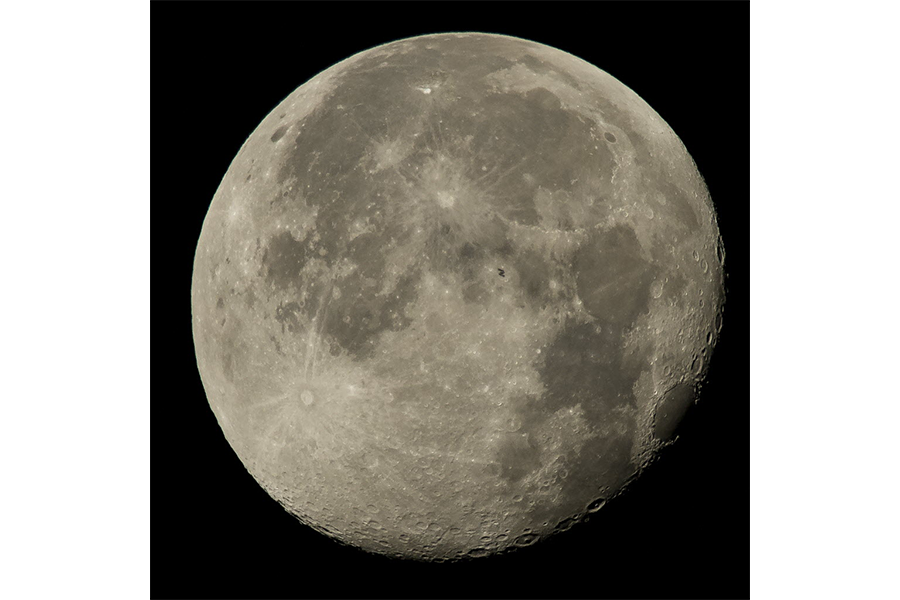Ancient lunar 'fire fountains' point to moon's origin
Loading...
Some elements on the moon and Earth have a common origin, say scientists studying volcanic glass samples from the moon.
After analyzing obsidian beads brought back to Earth by the Apollo 15 and Apollo 17 astronauts, scientists from Brown University and the Carnegie Institution for Science say that some volatile reservoirs in the moon’s interior share a common origin with reservoirs in the Earth's upper mantle.
The research, published in the current issue of the journal Nature Geoscience, found that low levels of carbon in the glass samples were very similar to the levels of carbon found in basalts erupted at Earth’s mid-ocean ridges.
Most planetary scientists agree that the the moon formed about 4.5 billion years ago, when the very young Earth was hit by a Mars-size object. Debris from that impact, say scientists, accreted to form the moon.
In 2008, Alberto Saal, a geologist at Brown University and co-author of the new research, along with his team, studied similar glass samples that had erupted on the moon over 3 billion years.
Through analyzing the samples, Saal’s team became the first to discover traces of water on the moon. They also showed that hydrogen isotope ratios from lunar samples are similar to those of some Earth rocks.
Now, traces of carbon in volcanic glass samples may suggest that the early moon's makeup was very close to that of early Earth, Dr. Saal told Space.com. "All these volatile elements … are in concentrations that are very similar to the lava that formed the ocean floor of the Earth."
Volatile compounds in lava are necessary to form fire fountains, a type of eruption that occurs frequently in Hawaii. As magma rises from the depths, those volatiles separate out from the magma and fill the liquid rock with gas bubbles. The expanding gases make the lava explode into the air as it reaches the surface, like shaking a bottle of soda and then popping off the lid.
"The volatile evidence suggests that either some of Earth’s volatiles survived [the 4.5-billion-year-old] impact and were included in the accretion of the moon or that volatiles were delivered to both the Earth and moon at the same time from a common source – perhaps a bombardment of primitive meteorites," Saal said in a press release from Brown University.
The carbon may also explain the driving force behind the ancient "fire fountain" eruptions on the moon.
"The carbon is the one that is producing the large spectacle," Saal told Space.com. "With a little bit of water, with a little bit of sulfur – but the main driver is carbon."
Just like in Hawaii, magma flowing deep within the early moon was steeped in carbon, and as the magma rose from the lunar depths, the carbon combined with oxygen to make substantial amounts of carbon monoxide gas, say the study's authors. "That CO gas was responsible for the fire fountains that sprayed volcanic glass over parts of the lunar surface."








